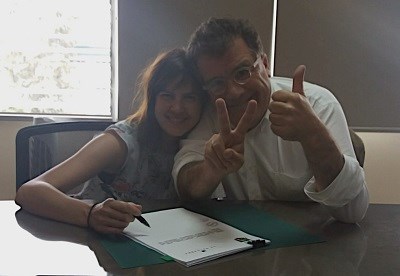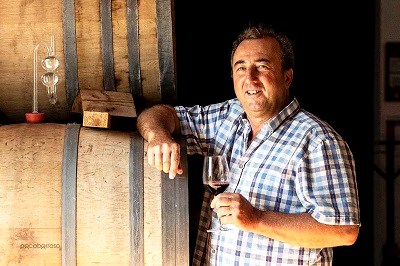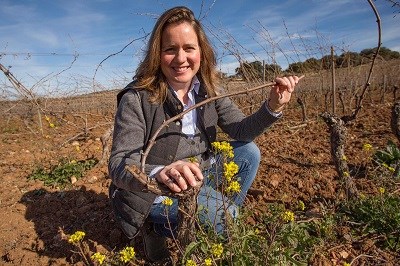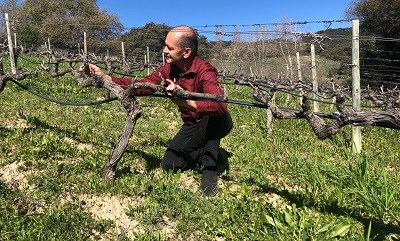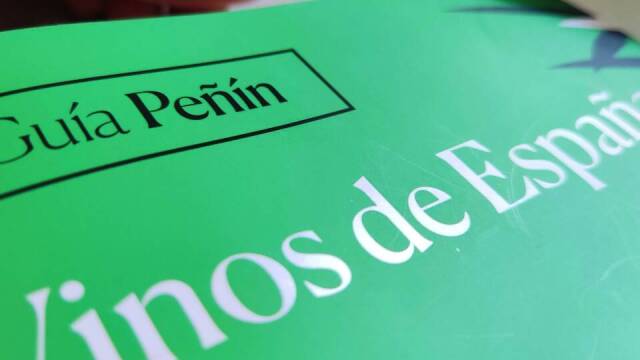We at Peñín would like to profit from the release of the latest assessment made by the tasting team of the Málaga and Sierras de Málaga wines for the online Peñín Guide 2022, to bring you closer to a unique vineyard. Ronda owes to itself the feat of having broadened the stereotype of the fortified Andalusian wine to that of the Andalusian red, even if this meant the creation of a specific Denominación de Origen called Sierras de Málaga.
This is a place where wine has been part of the landscape since the Phoenicians, with periods of great prosperity until the arrival of phylloxera, when viticultural progress came to a screeching halt and remained merely a local tradition that was little known to the outside world.
There, a group of dreamers have been building their winemaking history almost in isolation, without taking each other into account. This is very typical of our country. We are capable of working the miracle in the most complicated way possible, and although it is more difficult to make progress in this way, when the work is vibrant and the wines follow, magic can happen.
To understand what is happening in Ronda it is important to get close to some of the producers who have unwittingly created a rich and varied wine-growing landscape. Get ready to travel beyond the limits of the law, with no facemasks, no permits, no permissions... wild!
Serranía de Ronda
The Serranía de Ronda is a small part of the Denominación de Origen Sierras de Málaga, where the cultivation of vines becomes a hard task due to its steep slopes, and the impossibility of working in any other way than by manual labour. The complex terrain and winding roads have served to keep its style intact to external influences, a good thing for the visitor who allows himself to be seduced by its innumerable charms. Its vineyards are reminiscent of Tarragona's Priorat, except that the soils in Ronda are not slatey but particularly chalky. Ronda's winemaking boom, which began in the 21st century, did not have a clear direction to follow at the outset. The course of this small winemaking corner was set by the individual work of each producer, which has served to build a diverse picture of what Ronda wine is. So rather than a Rondeño style, we have as many styles as there are relevant wineries working there.
Bodega La Melonera
La Melonera is a project deeply linked to the roots and history of the place, where a big effort is being made to recover the ancestral varieties of the place, an initiative that came in 2003 from the Sevillian Ana de Castro Rufián and the businessman and philanthropist Jorge Viladomiú, determined to investigate all the viticultural roots that underlie the history of the Serranía de Ronda. The union of these two vital energies, the first focused on viticulture and oenology, and the second on the tireless search for the historical footprint of the place, is yielding excellent results.

 Log in
Log in

